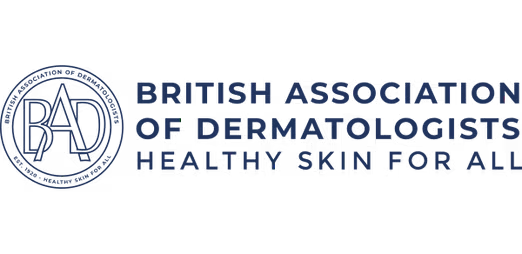
Fungal nail treatment using laser technology involves the application of concentrated beams of light to target and eliminate the fungi causing the infection. This non-invasive procedure is gaining popularity due to its effectiveness and minimal recovery time. Patients often seek this treatment after experiencing disappointment with traditional antifungal medications or topical treatments.
The Procedure: What to Expect
When you arrive for your laser treatment appointment, a qualified dermatologist will assess your condition and discuss the procedure in detail. Typically, the treatment itself lasts around 30 minutes, depending on the number of nails being treated. One of the benefits of laser treatment is its convenience and the speed with which it can be performed.
Do You Need Anaesthetic?
Local Anaesthetic Is Usually Not Required: For most patients, local anaesthetic is not necessary for laser fungal nail treatment. The procedure is generally well-tolerated, and the laser generates a mild warming sensation rather than significant pain. Patients often describe the feeling as similar to a rubber band snapping against the skin or a gentle heat.
However, comfort levels can vary among individuals. Some people may experience slight discomfort during the treatment, particularly if the nail is thickened due to the infection. In these cases, your dermatologist will ensure that the treatment is as comfortable as possible. If you have a low pain threshold or are particularly anxious about discomfort, it’s a good idea to communicate your concerns beforehand.
Managing Discomfort
- Cool Air or Fans: Many clinics use cooling devices or fans to help alleviate any heat sensation during the treatment. This can make the experience more comfortable without the need for anaesthesia.
- Adjusting Laser Settings: Your dermatologist has the ability to adjust the laser settings based on your comfort level. If you find the treatment too intense, don’t hesitate to express this, as they want to ensure your experience is positive.
- Relaxation Techniques: Engaging in deep breathing or mindfulness techniques can help manage anxiety and discomfort during the procedure. Arriving relaxed can significantly enhance your overall experience.
- Non-Invasive: Unlike surgical options, laser treatment is non-invasive and requires no incisions.
- Minimal Discomfort: As previously discussed, most patients tolerate the procedure well without the need for anaesthesia.
- Quick Recovery: With no downtime, you can return to your daily activities almost immediately.
- Effective Results: Many patients see significant improvements in their nail health after just a few sessions.








